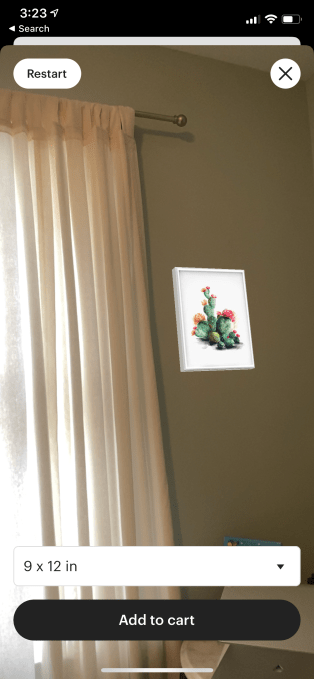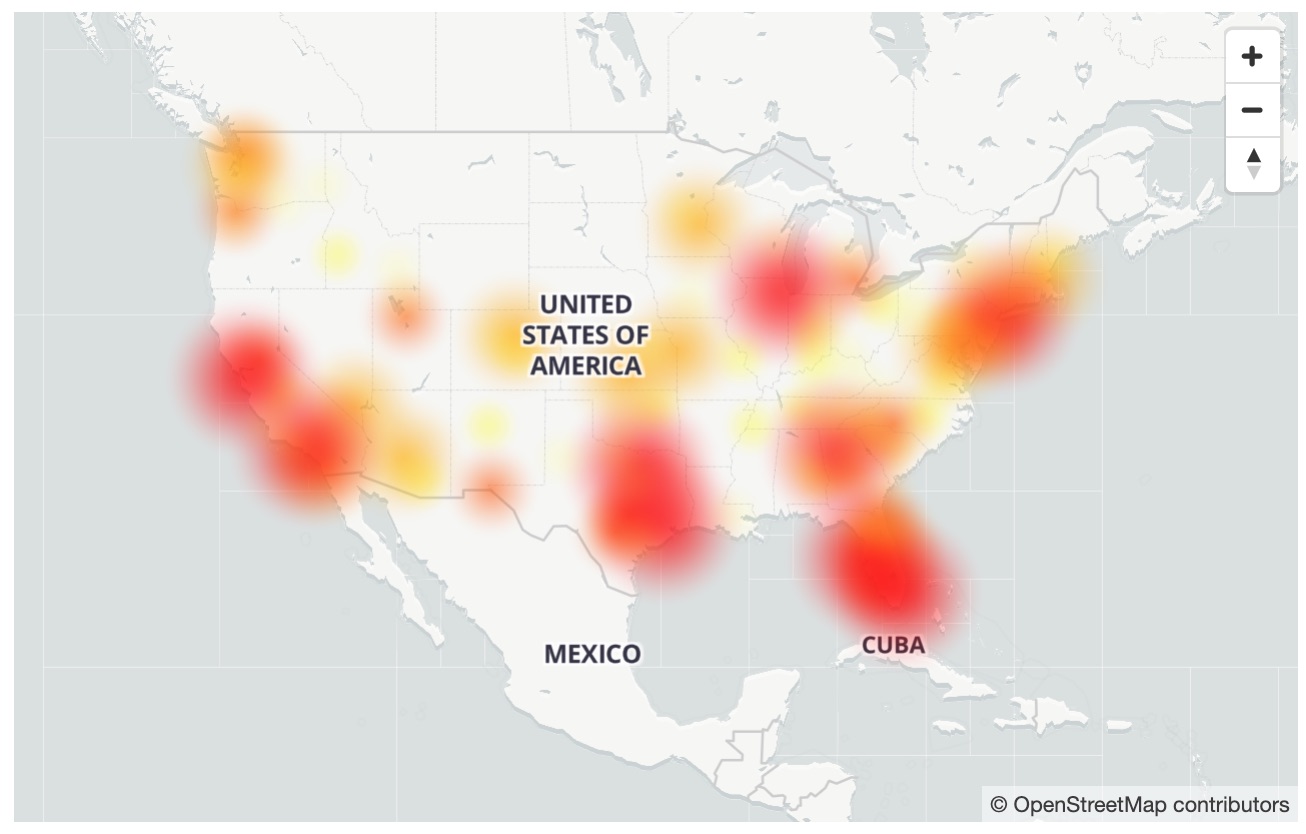Headphone-maker Bose is calling it quits on their Bose AR platform play, noting that they’ll be winding down support for third-party developers on their platform next month.
In a statement to Protocol, which first reported the news, a Bose spokesperson admitted the program hadn’t panned out as planned, further noting that Bose would no longer be working on third-party developer apps and would halt support for them in mid-July.
“Bose AR didn’t become what we envisioned… It’s not the first time our technology couldn’t be commercialized the way we planned, but components of it will be used to help Bose owners in a different way. We’re good with that. Because our research is for them, not us.”
We’ve reached out to Bose for comment.
In 2018, Bose launched their AR program at SXSW, while also debuting a prototype pair of sunglasses with embedded microphones and bone conduction audio built into the frames. The company envisioned a persistent technology that could give audio notifications and feedback based on what a user was doing or where they were. They launched a $50 million fund at the time, dedicated to investing in startups that would build on its platform. The company invested in a number of startups, though it’s unclear how much of that $50 million fund they invested in the past couple of years
The company’s developer initiative hadn’t been taking on new developer partners since April, so perhaps the writing was on the wall for the program, nevertheless for developers interested in how digital tools can augment their senses, it hasn’t been a great couple of years for platform support. Bose was the most high profile of efforts to create a dedicated audio AR platform, but visual AR platforms have been folding left and right over the past two years with entrants like ODG, Meta and Daqri all closing up shop for asset sales. Magic Leap has been having its own challenging year, announcing major layoffs earlier this year and a pivot from consumer to enterprise.
Bose isn’t the first company to pitch a tent in the audio AR space, Doppler Labs was an early entrant in the space that later shut down, though they notably filed a lawsuit against Bose accusing them of stealing some of their AR audio tech. For Bose, their platform was always facing an uphill battle. They operated the hardware, but only the output device, leaving themselves in a position dependent on the whims and fancies of iOS and Android.
Source: Tech Crunch




